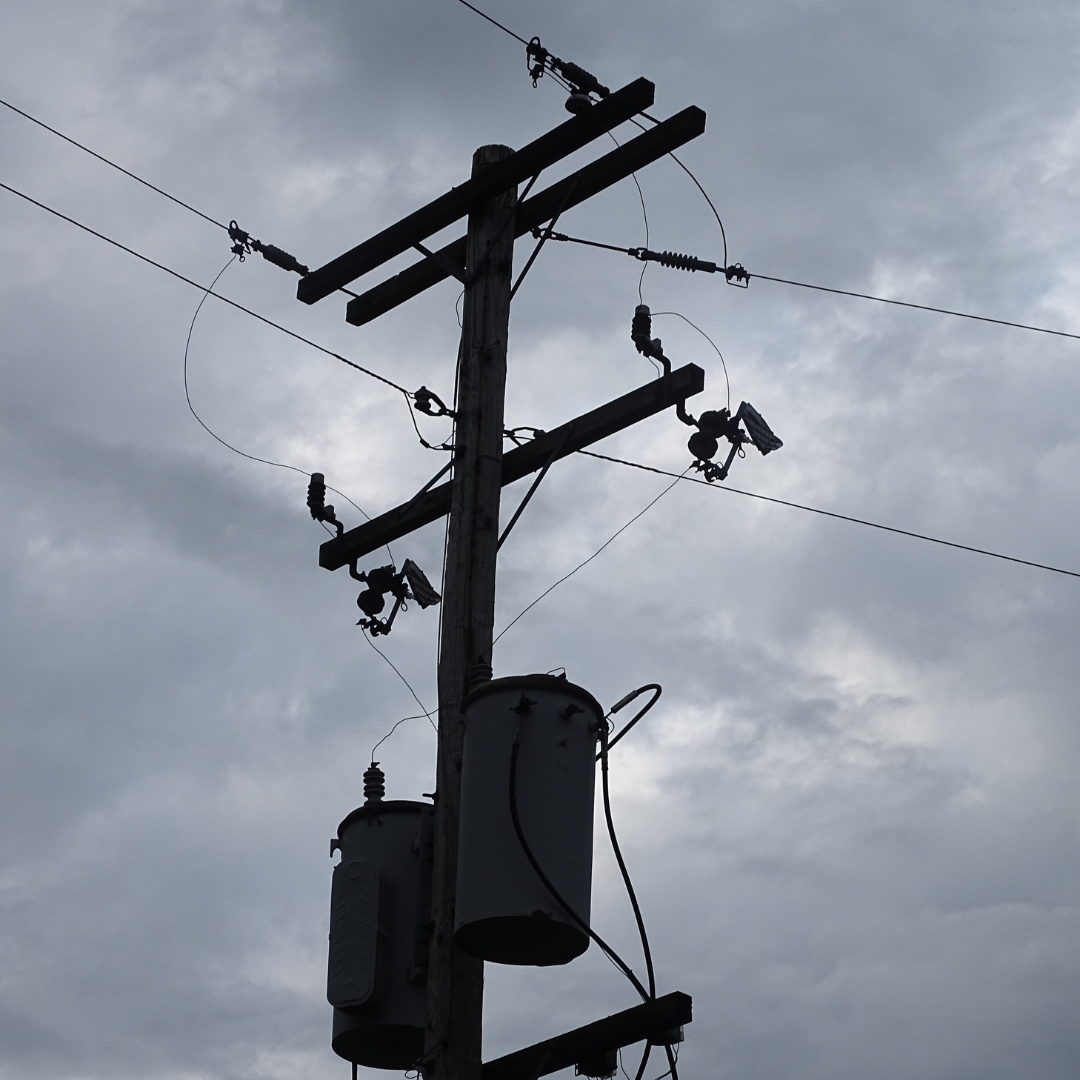Blinks: Keeping You in Power
Central Electric Cooperative (CEC) understands the disruption that power outages cause our members. That is why CEC takes preventative measures to keep outages to a minimum. This work includes clearing and spraying rights-of-way to minimize trees contacting lines, installing wildlife wire and guards to reduce outages caused by animals coming in contact with our lines, and installing protective devices on the system to make sure equipment isn’t damaged and to keep the number of members out of power and the duration of outages to a minimum.
While not often considered intentional, blinks are caused by the devices mentioned above operating due to a fault condition. In short, a fault is the creation of an unintentional connection or path between two phase wires or a phase wire(s) and ground. The faults result in more current than our system would normally have, so the protective devices interrupt power to prevent permanent damage to the system and damage to anything near or downline from the fault. These devices allow for a temporary condition to clear itself and automatically restore power a certain number of times before locking open; this interruption of power is what we refer to as a blink. A transient condition can be an animal or tree limb falling on the line that can clear on its own. Essentially, this process is in place to keep as many members in power as possible. Without blinks extended outages could occur for transient conditions, but because blinks are built into the system, CEC avoids extended outages in exchange for short interruptions in power.
Blinks not only help protect our distribution system, reduce extended outages, and protect items in your home connected to the system, but also help CEC diagnose problems. Blink data collected from CEC’s metering system is used in preventative maintenance plans and system improvement plans. Most recently, CEC used blink data to identify a transformer that needed to be replaced prior to it failing and causing an outage.
CEC understands blinks may not be a favorable occurrence for our members, but blinks are in place to keep your lights on. So, the next time you experience a blink, remember a short blink allows temporary faults to clear on our system, avoiding an extended power outage for our members.
For more information on blinks, read or revisit an article published in the March 2024 issue of Power Lines.
